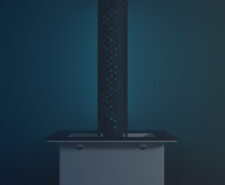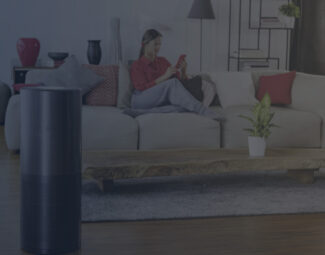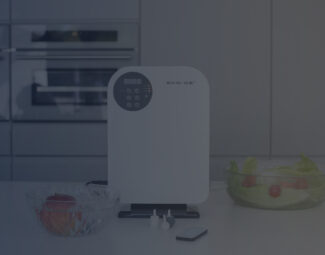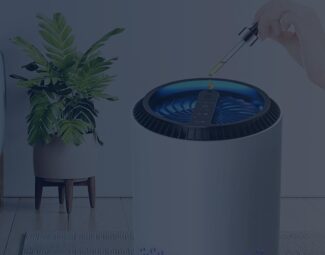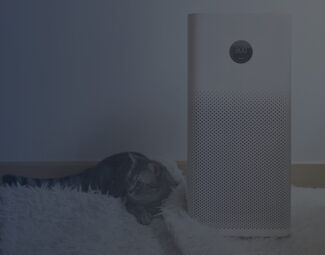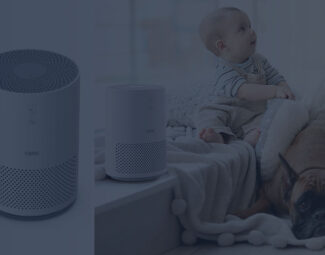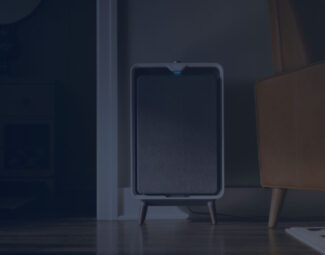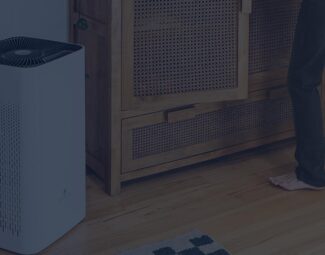C oncerns regarding air quality have exponentially increased in the past years as reports are almost constantly negative, and people are now more aware than ever regarding the repercussions of inhaling impure air. Normally, you would think of your home as your safe haven, but the truth of the matter is that indoor air is generally exponentially more polluted than the air outdoors as there is a range of polluting sources that are tricky to get rid of.
This is where the air purifier steps in, trapping or deactivating particles so that you aren’t in peril of developing respiratory illness or worsening pre-existing conditions. But how exactly do these systems work? Are they as efficient in their operation as advertised by manufacturers? Let’s look into these topics here so that you get a clearer view of what these systems are actually capable of.
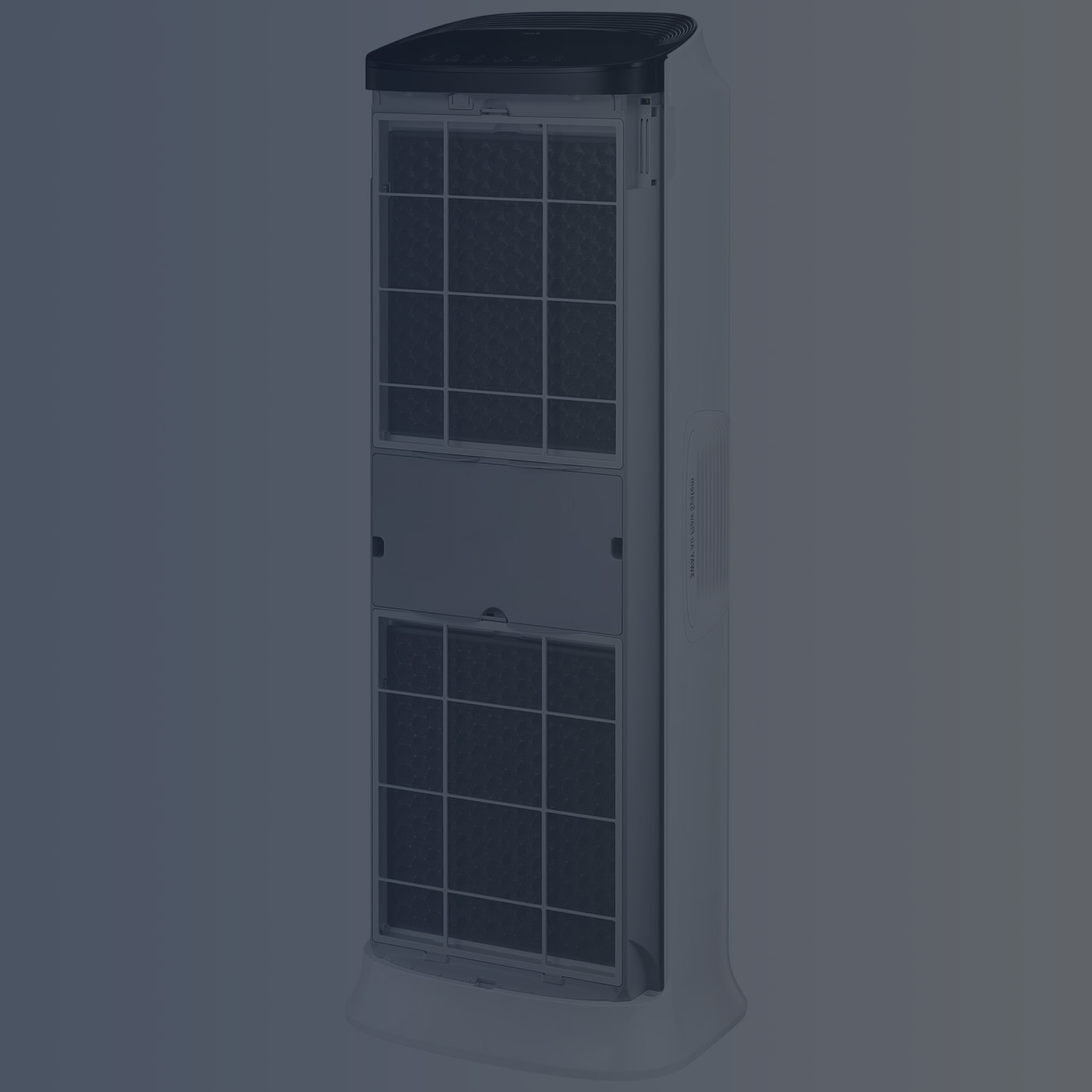
HEPA Filter Air Purifier without Front Grill
How Does a HEPA Air Purifier Work?
What is a HEPA filter?
It is a filtering media that relies on multi-layered netting, generally made with ultra-fine fiberglass threads, to trap specks from the air that passes through it.
It uses an interior motor fan to pull in the air, passing the specks in it through a series of filters. Generally, with HEPA air purifiers, the setup consists of a pre-filtering media, the HEPA filter, and a carbon filter. Other technologies usually present include ionizers and UV-light sterilizers. The actual HEPA media is responsible for capturing almost all-size particles encountered, so it does all the heavy lifting. When the cycle ends, it releases through the vent purified air.
Question: What does it remove?
Answer: The most sought-after residential-use system available, it is most commonly recognized for its ability to filter out allergy- and asthma-triggering pollutants, which is why it is actually recommended for people who suffer from respiratory illness. It also removes mold spores, mildew, dust particles, pollen, pet dander, and even microorganisms.
Maintenance considerations:
If the product is labeled as washable or permanent, you can clean the HEPA filter and reuse it. Remember that the procedure is only viable if stated in the description of the product. Otherwise, through cleaning, you end up damaging the fibers. Maintenance-wise, you must also replace the filter when it is due. This info is provided in the instructions manual as well, generally being required either annually or after up to 3 years of use.
Benefits of HEPA air purification systems:
- Media replacement is required quite rarely as opposed to most systems, only once every 2-3 years, which makes it an economical product.
- Some HEPA filters can be cleaned and reused, which means that washing/vacuuming doesn’t compromise their performance, so you have a clean filter that lasts you longer.
- Certified performance – HEPA title is only awarded to filter media that comply with the high standard (99.97% reduction of down to 0.3-micron particulates).
Drawbacks of HEPA air purification systems:
- For the entrapment of smoke particles and the reduction of odors, it needs to be paired with a carbon filter.
- Filtration media replacement is not cheap.

Activated Carbon Filters
How Does an Activated Carbon Filter Air Purifier Work?
Generally part of more complex air purification systems that also involve HEPA-grade filtering media as they are limited in their pollution reduction capabilities.
The filter is manufactured at high heat so that it flaunts a large surface area that is simultaneously porous. These pores provide the filters with high absorbency and chemical bonding capabilities so that when the air passes through them, chemicals, gases, and smoke particles bond with the surface.
Question: What does it remove?
Answer: In case the air indoors is polluted with smoke particles or there are unpleasant odors, you can rely on the system to effectively remove them. It can handle smells that come from cigarette smoking, cooking, pets, and even cleaning products.
Benefits of carbon air purification systems:
- Unsurpassed in its performance when it comes to smoke and odor reduction.
- Generally inexpensive to maintain, filtering media not costing much.
- Provides full air cleaning when paired with True HEPA technology.
Drawbacks of carbon air purification systems:
- Not able to capture non-smoke particles – limited in its operation.
- Replacement is needed quite often, either every 3, 6, 9, or 12 months.
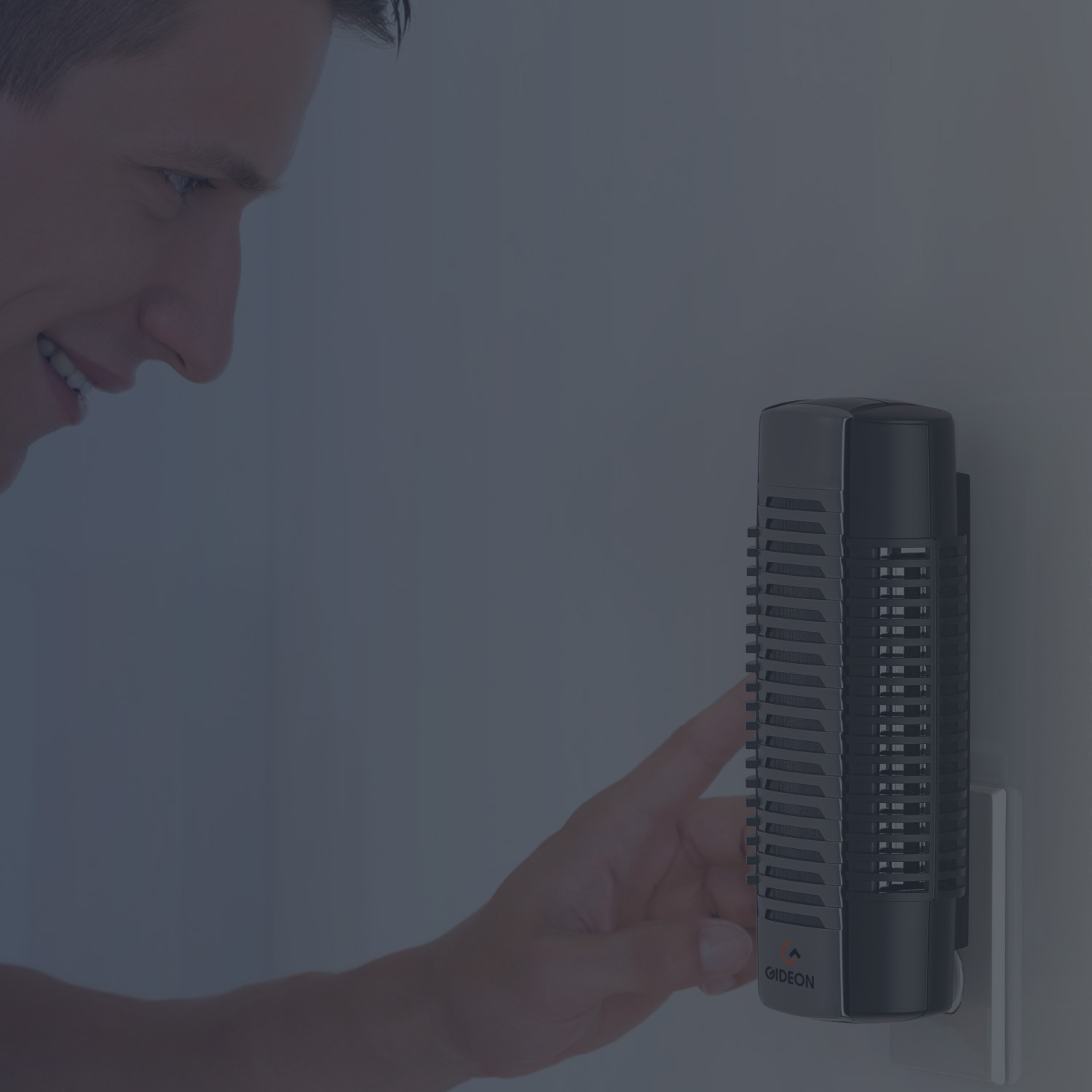
Man Turning on Plug-In Air Ionizer
How Does an Air Ionizer Work?
Make sure to check how much ozone the system emits during its operation, especially if you or any household member suffer from asthma as ozone is an irritant that can cause asthma attacks.
It uses the core generator to create negative ions that it releases into the air. As the ions travel the room, nearby positive ion particles become electrostatically charged through the process of merging with the negative ions released by the system. As a result, the particles weigh considerably more and drop to the ground, adhering to surfaces encountered in their path.
Question: What does it remove?
Answer: You can rely on it to ensure viruses, germs, bacteria, and mold spores no longer linger in the air. While it can remove smoke, pollen, and odors as well, it doesn’t do that great of a job in this department standalone. Keep in mind that the particles it charges drop to the ground, so for actual removal, you should vacuum surfaces 1-2 times per week.
Benefits of air ionizer systems:
- Help boost mental health (negative ions have been proven to put people in a better mood).
- Causes airborne particles to drop to the ground so that you won’t inhale them.
- As this is a filterless air purifier, there are no replacements to make, so you actually end up saving money.
Drawbacks of air ionizer systems:
- Although it doesn’t produce much of it, the unit still emits ozone as it runs, so it’s best to not be in the same room with it when it runs.
- Particles are not actually removed but rather just cannot linger in the air anymore.

UV Air Purification System
How Does a UV Light Air Purifier Work?
Fun fact: UV light technology is actually used in other applications as well, including water purifiers, lighting, bottle sterilizing, and for disinfecting infectious disease-plagued areas.
Instead of trapping the particles, the UV light system eradicates cells as it makes their molecules react, destroying the DNA of microbes. This makes the technology highly effective at handling bacteria, viruses, and even the airborne flu, with it in your home having fewer chances of getting sick when flu season comes.
Question: What does it remove?
Answer: Flaunts germicidal properties, which means that it kills viruses, germs, and bacteria, basically all biological irritants in the air. It can destroy other particles as well, including smoke and odor, but it’s quite inefficient in this department (better suited for pairing with HEPA media to provide full air cleaning services).
Benefits of UV systems:
- Instead of trapping particles, it eliminates them, so there is no chance of the respective pollutants returning into the air as it is with filter-based systems.
- The most effective system when it comes to sanitizing the air as it eliminates viruses, germs, and bacteria.
- This technology has been proven to be safe and effective, healthcare centers of all sorts relying on UV for air disinfection.
Drawbacks of UV systems:
- Maintenance can be quite costly as the lamp comes at an expensive price and needs replacement routinely.
- Its performance effectiveness drops with the passing of time.
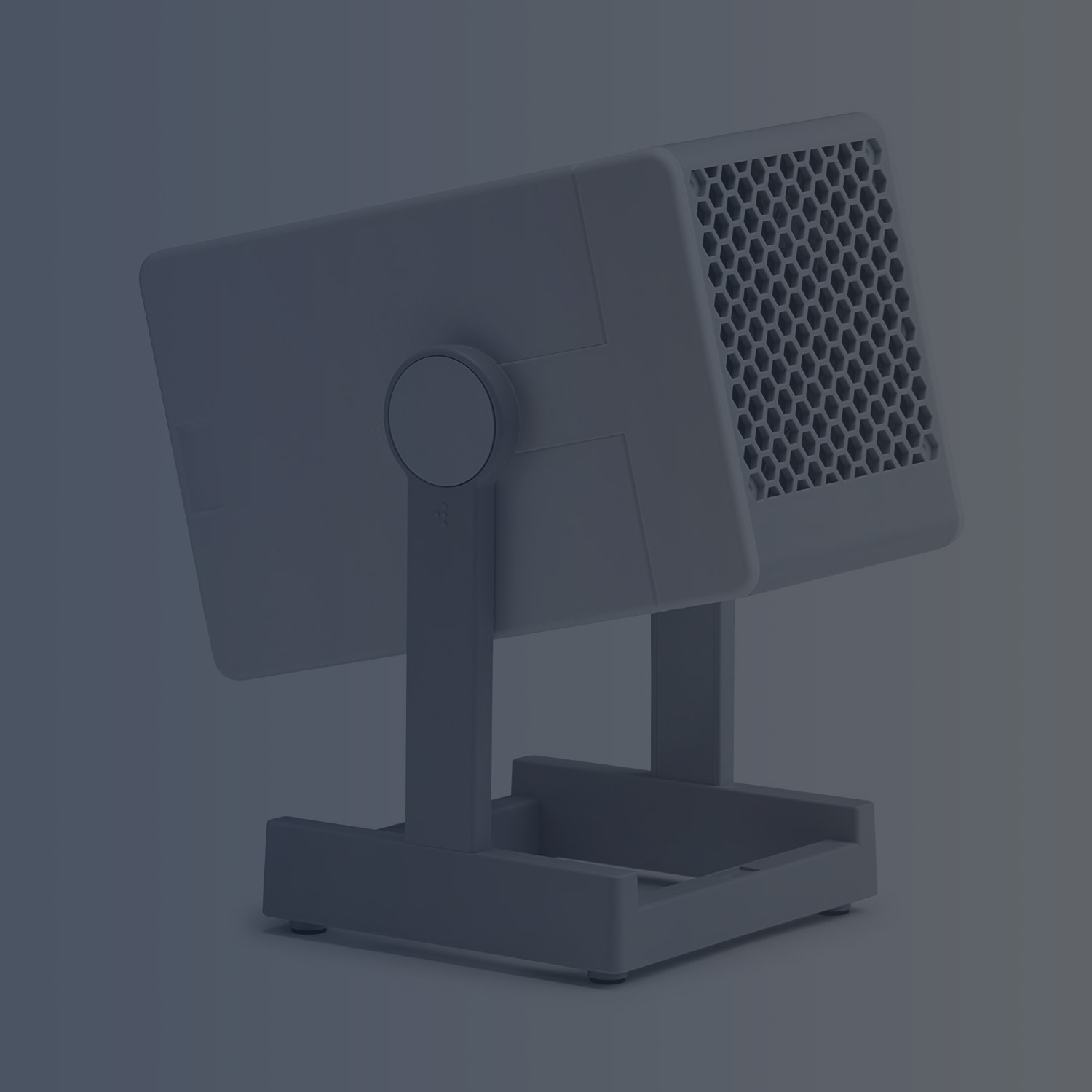
Electrostatic Air Purifier for Home and Office Use
How Does an Electrostatic Air Purifier Work?
Electrostatic precipitators are almost identical to ion generators. The difference stands in the addition of the collection plate that ensures particles remain inside it rather than dropping to the floor.
It uses an electrostatic charge to release negative ions, which merge with positive-charge ion particles so that they drop because of the added weight. When the particles fall, they do so on the collector plate of the system, ensuring that they’re not present in the room anymore but rather remain in the purification device.
Question: What does it remove?
Answer: Rely on it to rid the air of smoke particles, mold spores, germs, pollen, and dust mites. While quite efficient on its own, it is still preferable to acquire a system that pairs it with a HEPA filter.
Benefits of electrostatic systems:
- The collector plate it features is not replaceable, which helps save on maintenance costs.
- Can charge and capture a plethora of air quality deprecating elements, including germs, mold spores, and pollen.
- It releases negative ions that have been proven to have a beneficial effect on the immune system, as well as a person’s mood.
Drawbacks of electrostatic systems:
- Produces traces of ozone. Might not be a lot of it, but ozone in any quantity can be harmful to asthma sufferers.
- Is not very effective against particulates that cause odors.
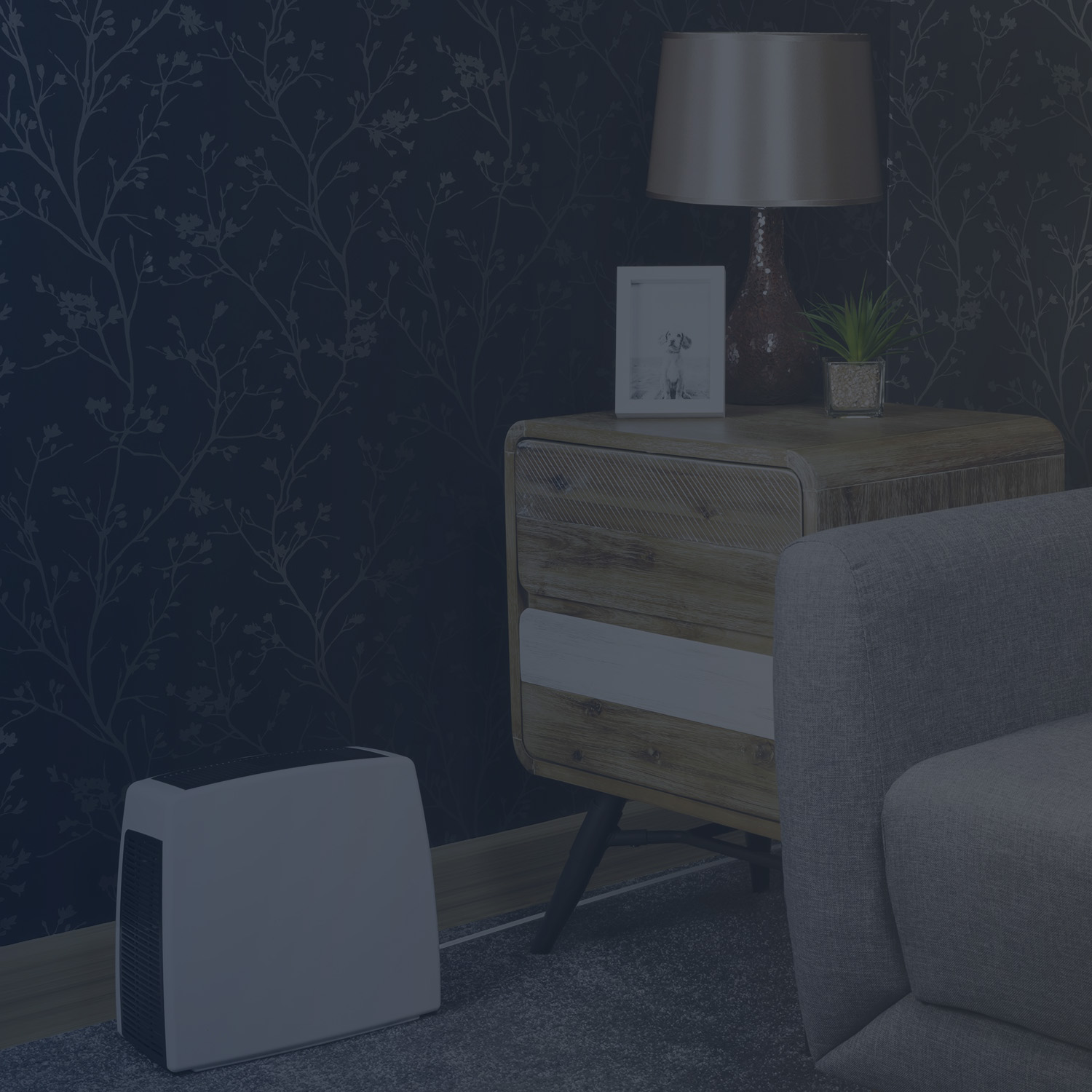
Photocatalyst Air Purifier on Living Room Floor
How Does a Photocatalytic Air Purifier Work?
Main highlight: Can eradicate contaminants down to 0.001 micrometers in size, which makes it 300 times more efficient than HEPA media from this point of view.
Using broad-spectrum UV light that reacts with titanium oxide, it oxidizes microorganisms, after which it absorbs them on the surface of the catalyst. Basically, what this technology does is accelerate the decomposition process that organic matter normally passes through.
Question: What does it remove?
Answer: It is a germicidal system that destroys germs, viruses, and bacteria. As it is limited in its operation, it is generally encountered in air purification systems that also utilize HEPA filters.
Benefits of photocatalytic air purification systems:
- NASA research into this technology has shown that it is 100% safe and effective.
- Doesn’t only destroy germs and viruses, but it stops their growth as well, ensuring sanitized air.
- Only technology that is able to tackle particles as small as 0.001 microns.
Drawbacks of photocatalytic air purification systems:
- Performance quality decreases gradually as you use it, so it doesn’t boast a lengthy lifespan.
- Is influenced by external factors and UV light quality when it comes to performance quality.
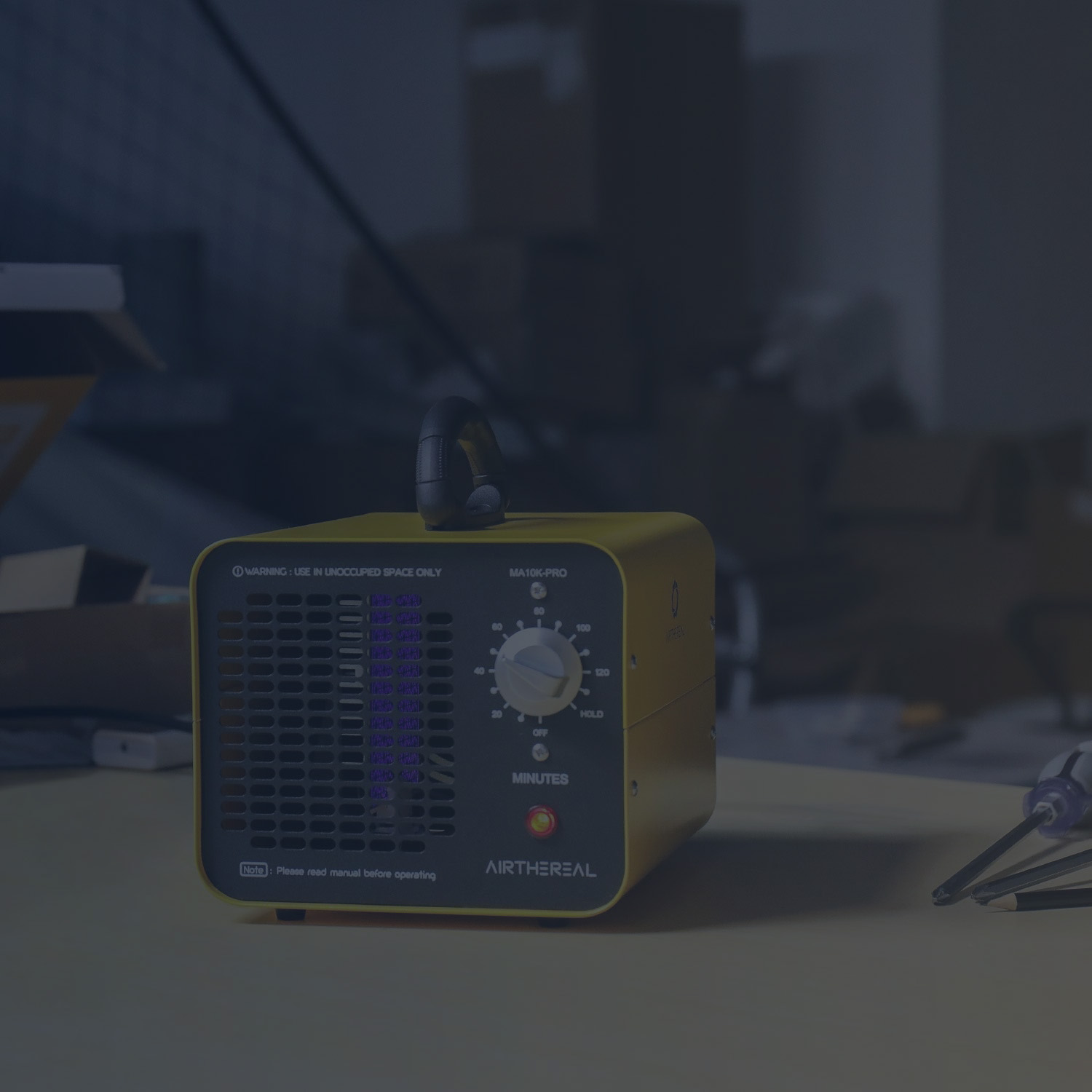
Portable Ozone Generator on Home Office Desk
How Does an Ozone Generator Work?
Warning: Do not sit in the same room with the system when it runs as it exclusively generates ozone, which can aggravate asthma and cause lung irritation. Let the system run either when you are out of the room or when you’re not at home. Wait 1-2 hours after you put a halt to its operation to go back into the room.
As cleverly suggested by the name, it produces ozone. Using the silent corona discharge method, the ozone generator splits oxygen molecules into a single atom which re-attaches to other molecules in the air to form ozone. there are systems that also use an Ozonator in the process, which implies that it uses UV radiation to generate the ozone (not as commonly encountered as the process is much less effective).
Question: What does it remove?
Answer: The system doesn’t actually remove any polluting particles but rather masks odors caused by polluting particles and tobacco smoke so that you have fresh, clean-smelling air indoors.
Benefits of ozone generators:
- Not all systems produce high amounts of ozone, but beware that even safer-rated systems are still not recommended to sit in the same room with.
- Fresher air indoors as a result of utilizing it, even if smoke particles linger in it.
Drawbacks of ozone generators:
- Can react with chemicals in the air and form even more dangerous pollutants.
- Not safe for use if asthma sufferers live in that space. May cause lung tissue damage.
- Cannot combat mold, pollen, dust, or any airborne allergens, for that matter.
Final Words
Indoor air quality is dictated by the purifier’s efficiency, so beware when you make the acquisition that you tailor the system selected and used to your needs regarding air filtration. Now you know how all types of air purification systems work, as well as the performance efficiency they provide and for what they can be relied on. Thus, you are sure to have an easy time matching a system to your needs effortlessly. With so many air purification systems available, all with their own pros and cons operating-wise, and all flaunting different capacities in terms of air cleaning, you can now easily solve indoor air pollution to lead a healthier, longer life.

